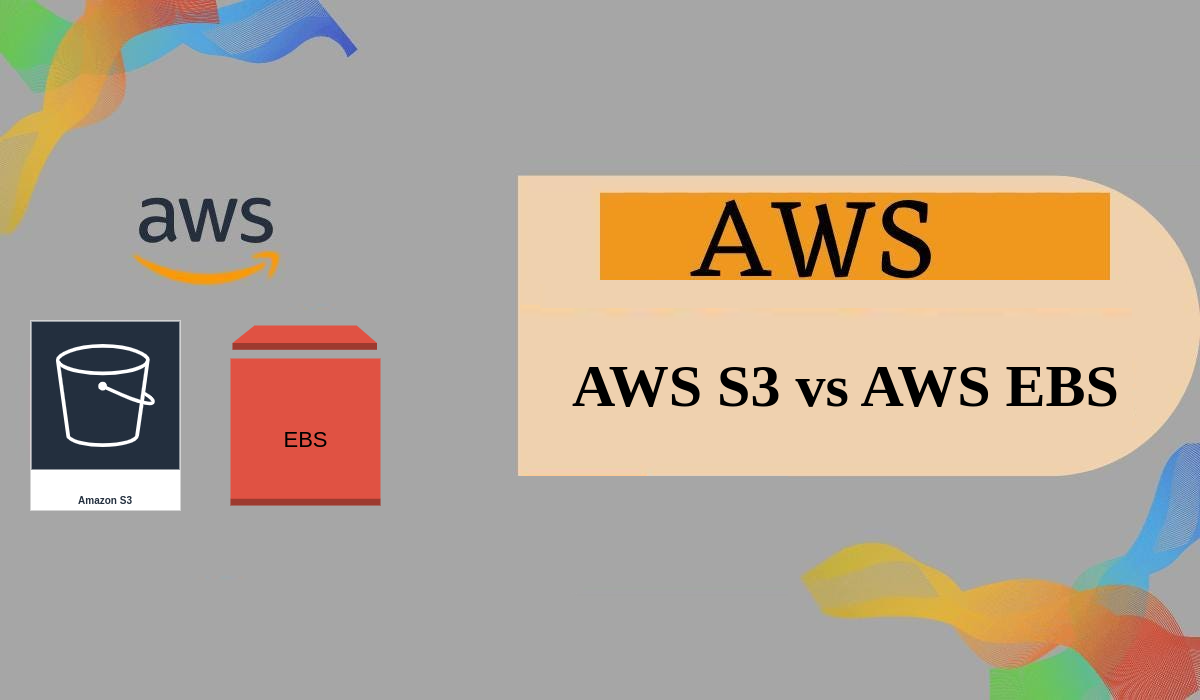Introduction to AWS S3 and AWS EBS
 Lwin Ko Ko
Lwin Ko Ko
AWS S3 (Simple Storage Service) and EBS (Elastic Block Store) are both storage services provided by Amazon Web Services, but they have some key differences.
S3 is object storage, which means it is designed to store and retrieve large amounts of unstructured data, such as photos, videos, and documents. It is highly scalable, durable, and available, with data being distributed across multiple locations for redundancy. S3 is accessed over the internet, making it suitable for storing data that needs to be accessed from anywhere.
EBS, on the other hand, is block storage, which means it provides persistent block-level storage volumes for use with Amazon EC2 instances. It is designed for storing data that needs to be accessed by a single EC2 instance, such as databases or application files. EBS volumes can be attached to an EC2 instance and are accessed over a network connection.
In summary, S3 is ideal for storing large, unstructured data that needs to be accessed from anywhere, while EBS is best for storing data that needs to be accessed by a single EC2 instance.
S3 is an object-level data storage that distributes the data objects across several machines and allows the users to access the storage via the internet from any corner of the world.
Amazon EBS: Unlike Amazon S3, Amazon EBS is a block-level data storage offered by Amazon

Thank you for reading.
reference link:
Subscribe to my newsletter
Read articles from Lwin Ko Ko directly inside your inbox. Subscribe to the newsletter, and don't miss out.
Written by
Lwin Ko Ko
Lwin Ko Ko
DevOps Engineer | Cloud Solution Architect